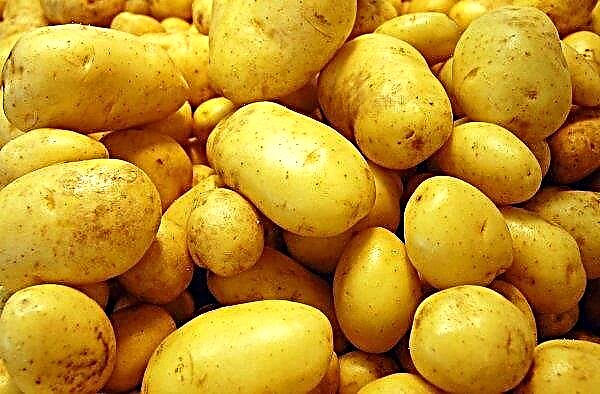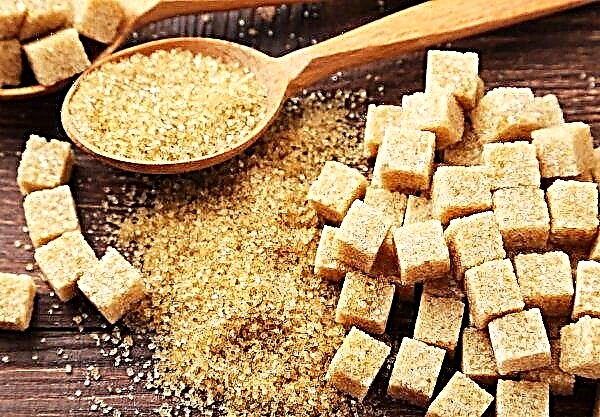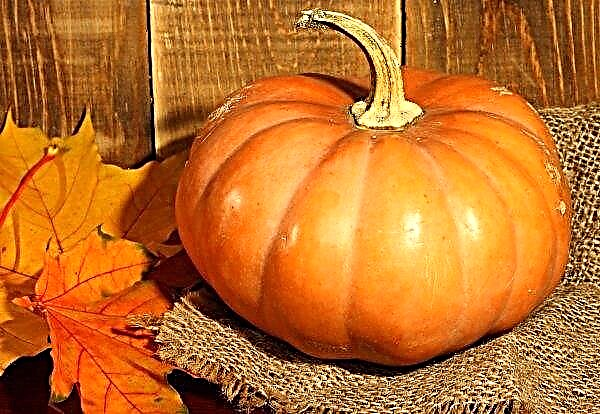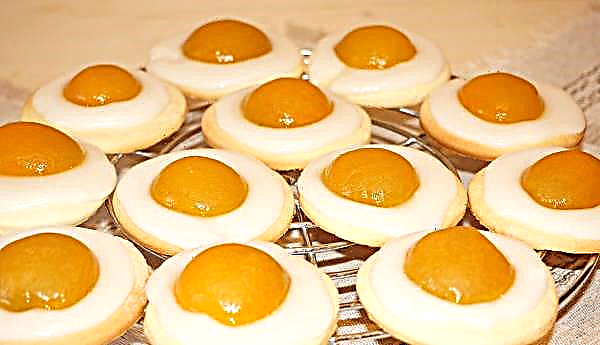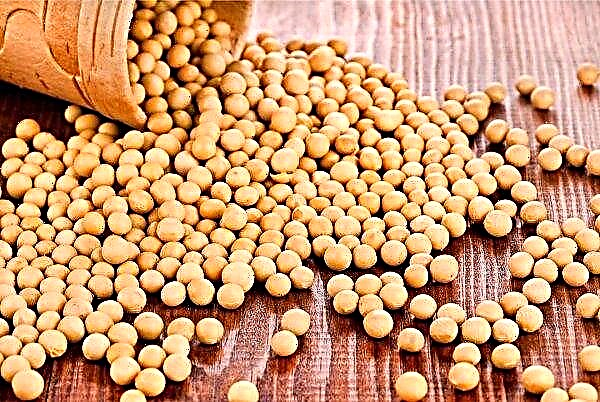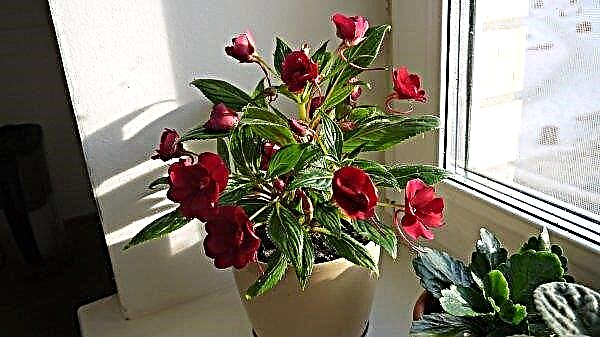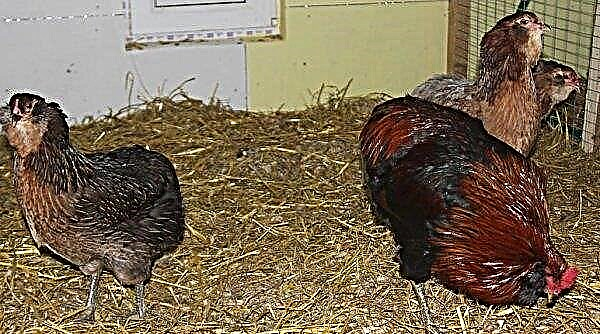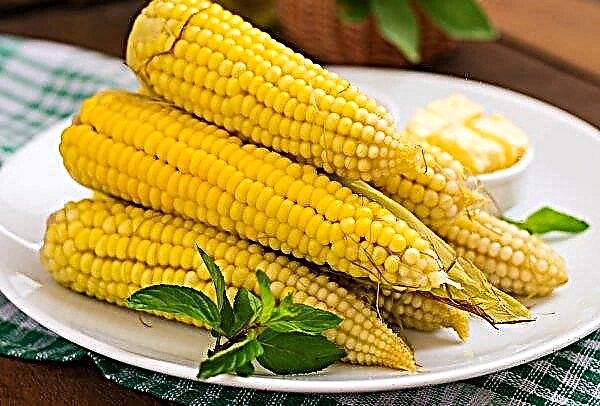Each housewife knows about the amazing ability of eggplants to have different tastes, depending on the technology of their preparation. In skillful hands, “little blue ones” can even imitate the taste of much more expensive products, such as meat and mushrooms. In home cooking, there is a whole line of recipes that use this feature of a unique vegetable. This review contains the best ways to cook canned eggplant “mushroom”, and the taste of these dishes is completely different.
Selection and preparation of ingredients
Products used for home canning are subject to standard requirements.
All vegetables must be:
- absolutely fresh;
- achieved technical maturity, but not overripe;
- dense, solid, without mechanical damage, traces of rot, mold or damage by other infections, pests, etc.
The maturity of eggplant can not always be determined by their appearance. One of the best tips is the condition of the peel: in fully ripened fruits, it acquires a beautiful glossy shine, while in “green” it remains matte.Did you know? The peel of eggplant, which has a purple color, contains resveratrol, an extremely rare and valuable pigment produced by plants as a kind of protection against pathogenic fungi and pests. As scientists have established, resveratrol is the most powerful antioxidant and immunostimulant of all that are found in nature.
You can prepare “mushroom” pickles from eggplant of any variety and color, but you need to know that purple and black fruits are much more useful than white, yellow or striped (for those who don’t know, “blue” ones can have different skin colors).
A few words must be said about the preliminary preparation of the "little blue ones" for the sunset. The fact is that in these fruits there is a glycoside solanine, which is very useful in small doses, but can become dangerous if they are exceeded. In addition, it is this substance that gives dishes with eggplant unpleasant bitterness.
It is easy to get rid of excess solanine by soaking pre-cut fruits for 10-15 minutes in salted water or simply sprinkling them with salt at the same time, and then draining the resulting juice. The specific method of pre-processing the vegetable depends on the technology of preparation of the main dish, but this precaution should not be neglected.
How to cook eggplant “like mushrooms” for the winter in jars
The most popular ways to cook mushrooms are frying, pickling, and pickling. Almost complete resemblance to any of these mushroom dishes can be achieved by using eggplant instead of real mushrooms.
In addition to affordability and lower prices, such a substitution eliminates the risk of serious and even fatal poisoning, which is always associated with a “silent hunt”. With eggplants, everything is simple and safe: we cook, we stop, and in the winter we open and enjoy.
With mayonnaise

1 can for 1 liter 60 minutes and 20 minutes for sterilization
mayonnaise (preferably homemade)
3 tbsp. l
any seasoning for mushroom dishes
1 tsp
Nutritional value per 100 g:
- Sterilize the jar and lid.
- Wash the vegetables, peel the onion, remove the stalk from the eggplant.
- Cut the eggplants into cubes (about 1-1.5 cm), place in a bowl, salt, mix well and leave for 15-20 minutes, then drain the resulting juice.
- Boil water. Add “little blue” to it, cook for 5 minutes.
- In the meantime, cut the onion into a not very large cube and fry in the warmed vegetable oil until transparent, then transfer to a bowl.
- Discard the eggplant in a colander, let the water drain.
- In the same oil on which the onion was fried, fry the eggplants a little, after the appearance of a light golden crust, transfer them to the onion.
- Add mayonnaise and seasoning to the fried vegetables, mix thoroughly.
- Fill the jar with mushrooms, cover, but do not roll.
- Sterilize the workpiece in a pan with water (do not forget to first put a layer of cloth or gauze on the bottom of the pan) for 20 minutes, then carefully remove it from the water and roll it up immediately.
- Turn the jar upside down, place it on a flat surface and leave it at room temperature for several hours until it cools completely.
- Serve as an appetizer or topping with the main course. If desired, before use, the workpiece can be slightly heated in the microwave, in this case, the similarity with fried mushrooms will only increase.
Important! The amount of ingredients for home canning is difficult to calculate accurately. It all depends on the size of the vegetables, the degree of their frying, the density of laying, etc. When preparing small volumes, it is better to take vegetables with a margin so that the jar is not empty. The excess can be put on the table and immediately take a sample.
Fried with onions without vinegar

1 can for 1 liter 60 minutes and 20 minutes for sterilization
freshly ground black pepper
1 tbsp. l
Nutritional value per 100 g:
- Sterilize the jar and lid.
- Wash the vegetables, peel the onion, remove the stalk from the eggplant.
- Cut the eggplants into a large cube, place in a bowl, salt, mix well and leave for 15–20 minutes, then drain the resulting juice.
- Cut the onion so that the pieces roughly correspond to the size of the chopped “mushrooms”.
- Sauté the onion in preheated vegetable oil until clear, then add the eggplant and sauté for about 15 minutes with constant stirring over medium heat. Vegetables should be covered with a light appetizing crust.
- Before cooking, add pepper and salt, mix well again.
- Transfer the fried vegetables to a sterile jar, cover with a lid without rolling up.
- Sterilize the jar over low heat for 20 minutes, then remove from water, roll up, turn over and leave to cool.
Important! Black pepper in this recipe plays the role of a preservative, which in the absence of vinegar takes on special relevance. Therefore, this ingredient should not be neglected or reduced in comparison with that prescribed in the recipe.
Cooked with garlic without sterilization

1 can per 1 liter60 minutes
table vinegar 9%
3 tbsp. l
Nutritional value per 100 g:
- Cut the stalks from the previously well-washed eggplant and cut the fruit into medium-sized cubes (approximately 1 × 1 × 1 cm).
- Dip the cubes in a pot of boiling salted water and simmer for about 10 minutes.
- While the vegetables are boiling, sterilize the jar and lid.
- For a separate comfort, put a small saucepan with 0.5 l of water, when it boils, add sugar and the remaining salt.
- Discard the eggplant in a colander and, when the water drains, transfer to a bowl.
- Very quickly, so that the fruits do not have time to cool, squeeze the peeled and peeled garlic into a bowl, mix thoroughly.
- Transfer the garlic sticks to a warm jar, add the vinegar, pour the brine, cover and roll up immediately.
- Serving such an appetizer is best done by mixing with chopped half rings and onions soaked in vinegar, and season with vegetable oil. The dish is practically indistinguishable from pickled mushrooms.
Did you know? To quickly and efficiently sterilize a can for preservation, it is enough to put it in a microwave oven for 3-4 minutes at maximum power, after pouring a small amount of water inside the can. If the dishes do not fit in the oven in height, they can be laid horizontally.
Spicy eggplant

1 can for 1 liter 60 minutes and 20 minutes for sterilization
hot chili pepper (with seeds)
1 pod
wine or apple vinegar
50 ml
Nutritional value per 100 g:
- Sterilize the jar and lid.
- Wash the eggplants, remove the stalks, cut into circles.
- Boil the blue ones in salted water for 5-10 minutes.
- Drain the water by discarding the circles in a colander, and then transfer them to a paper towel.
- Heat vegetable oil in a pan, fry the circles on each side until a crust appears, lay on a clean paper towel to remove excess fat, and then transfer to a bowl.
- Add finely chopped garlic and chopped chilli to the “mushrooms” (when cooking large volumes of pepper and garlic, it is most convenient to beat in a blender).
- Dress vegetables with vinegar, mix again, transfer to a prepared jar, cover with a lid.
- Sterilize the jar over low heat for 20 minutes, then roll up and let cool down with the lid down.
Important! If the hot appetizer is prepared for immediate use, you can add chopped fresh herbs - dill, cilantro, parsley, celery. In the case of preservation, it is better to put such a seasoning in a dish immediately before serving.
Pickled with carrots without dill

1 can per 1 liter 120 minutes
small eggplant
6-7 pcs.
chilli
1 pod (optional)
peppercorns
5 pieces.
Nutritional value per 100 g:
- Boil washed and peeled eggplant whole in salted water until soft (about 15 minutes, depending on the size of the fruit).
- Put the little blue ones in a bowl, cover with a plate, set a pot filled with water as a yoke on top and leave for 20 minutes. At the end of the period, carefully drain the viscous, darkish liquid that the vegetables will allow.
- Wash and peel the carrots. Cut the root vegetable with a special knife for carrots in Korean or, for lack of it, a very thin straw. If desired, you can rub the carrots on a coarse grater.
- Put the chopped carrots in a glass or ceramic bowl.
- Peel the onion, cut into small cubes and fry in well-heated vegetable oil until golden brown.
- Drain the onion oil in a bowl of carrots. The onion itself is not used in the recipe; it is necessary for flavoring the oil.
- Add ½ tsp to carrots. salt, 1 teaspoon sugar, vinegar, crushed garlic and, if desired, a hotter dish, finely chopped chili peppers. Mix well and let it brew for 60 minutes.
- Cut the eggplants freed from yoke along the length starting from the end opposite the stalk by about на of the length of the fruit.
- Using a tablespoon, generously stuff the eggplant with carrots, trying to evenly distribute the filling between the vegetables.
- Put the little blue ones in the prepared container for salting.
- Boil the water, add the remaining sugar and salt, peppercorns, bay leaf to it. Boil for about a minute.
- When the brine cools down a little, fill them with eggplant, cover them with a plate and set on top a 1–3 liter can filled with water as a nest. Leave to ripen at room temperature for 3-4 days (the warmer the room, the less time the first stage of fermentation will last).
- At the end of the period, transfer the stuffed blue ones into a clean glass jar, fill with brine to the very throat.
- Lower the plastic lid for preservation for several seconds in boiling water, then remove and tightly cover the jar with a lid.
- Put the jar in the cellar or refrigerator to complete the salting process. Fermentation can last from one to two months, but since the eggplant was boiled before pickling, the dish can be consumed after only a few days. In this case, it can be stored under a conventional nylon cover, without worrying about strict tightness.
- Before use, cut fermented eggplant along with the filling, put it on a plate, serve on the table seasoned with sunflower oil and, if desired, sprinkled with fresh herbs. In this form, the appetizer really really resembles salted mushrooms.
Important! Some housewives advise dressing stuffed eggplants with thread before laying in a pickling container. However, when the fruits are stacked tightly, the filling in the main part will still remain in place, and the small amount that appears in the brine will still fall on the table when serving.
With zucchini

1 can for 1 liter for 50 minutes
table vinegar 9%
3 tbsp. l
Nutritional value per 100 g:
- Prepare and sterilize the jar with the lid.
- Rinse the entire vegetable group under running water.
- Peel the carrots and zucchini, peel the garlic into the cloves and peel too, free the eggplants from the stalk.
- Cut the carrots into strips with a special knife or grate.
- Cut zucchini, tomatoes and eggplant into a large cube.
- Put the blue ones in a bowl, salt, mix, leave for 20 minutes, then rinse and discard on a paper towel.
- Heat vegetable oil in a cauldron, add zucchini to it first, then carrots and dried eggplant.
- Simmer the stew for 20 minutes, remembering to stir occasionally.
- Add tomatoes to other vegetables, mix, simmer for 5 minutes.
- Chop the garlic as small as possible and add it to the stew at the end of the cooking time.
- Put the stewed vegetables in a jar, pour vinegar on top, cover, roll, roll, turn over, leave to cool.
Did you know? The only edible part in the vegetable marrow was previously considered seeds. For the first time, the Italians, known for their culinary ingenuity, have fully guessed to use whole vegetables for food.
Features of storage of blanks
The rules for storing home preservation directly depend on the method of spin.
The contents of cans closed with self-tightening or tin lids can be stored for several years without loss of taste or nutritional value, provided, of course, that the preparation technology of the workpiece was strictly observed.
Four conditions that must be observed so that home preservation does not deteriorate, boil down to the fact that in the place where the banks are, there should be:
- dry;
- quietly (salting must be protected from drafts and airing);
- dark;
- evenly warm (air temperature from +1 to + 25 ° С is allowed, while temperature differences should be minimal).
Cold-cooked pickles or closed with polyethylene lids should be stored in a cellar or refrigerator at a temperature not exceeding + 5 ° C, and the degree of filling of the can is importantly influenced by the shelf life of the dish: the larger the air gap between the pickle and the lid, the faster the contents of the jar will deteriorate. In any case, such preparations should be consumed as quickly as possible, preferably until the middle of this winter.
Finally, salads and snacks, corked with ordinary nylon covers (they are softer than polyethylene and do not provide even minimal tightness) are not suitable for long-term storage. They can be kept in the refrigerator from several days to several weeks, depending on whether the vegetables are fried or pickled.
You can roll eggplant “under the mushrooms” for the winter in many different ways. But, which is especially interesting, when trying such dishes, they are always extremely tasty, it is impossible to believe that they are all prepared from the same product, only the processing technology changes.

